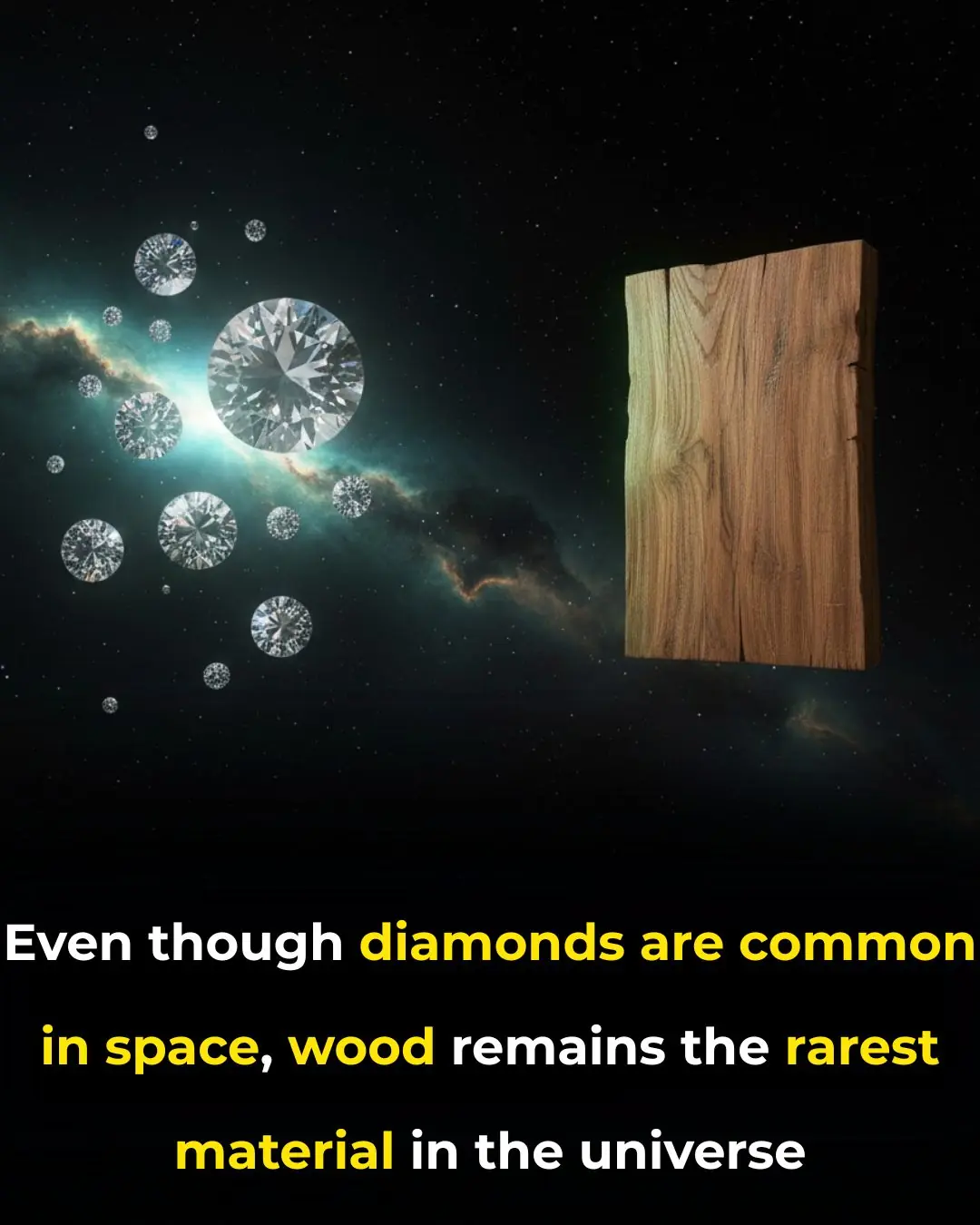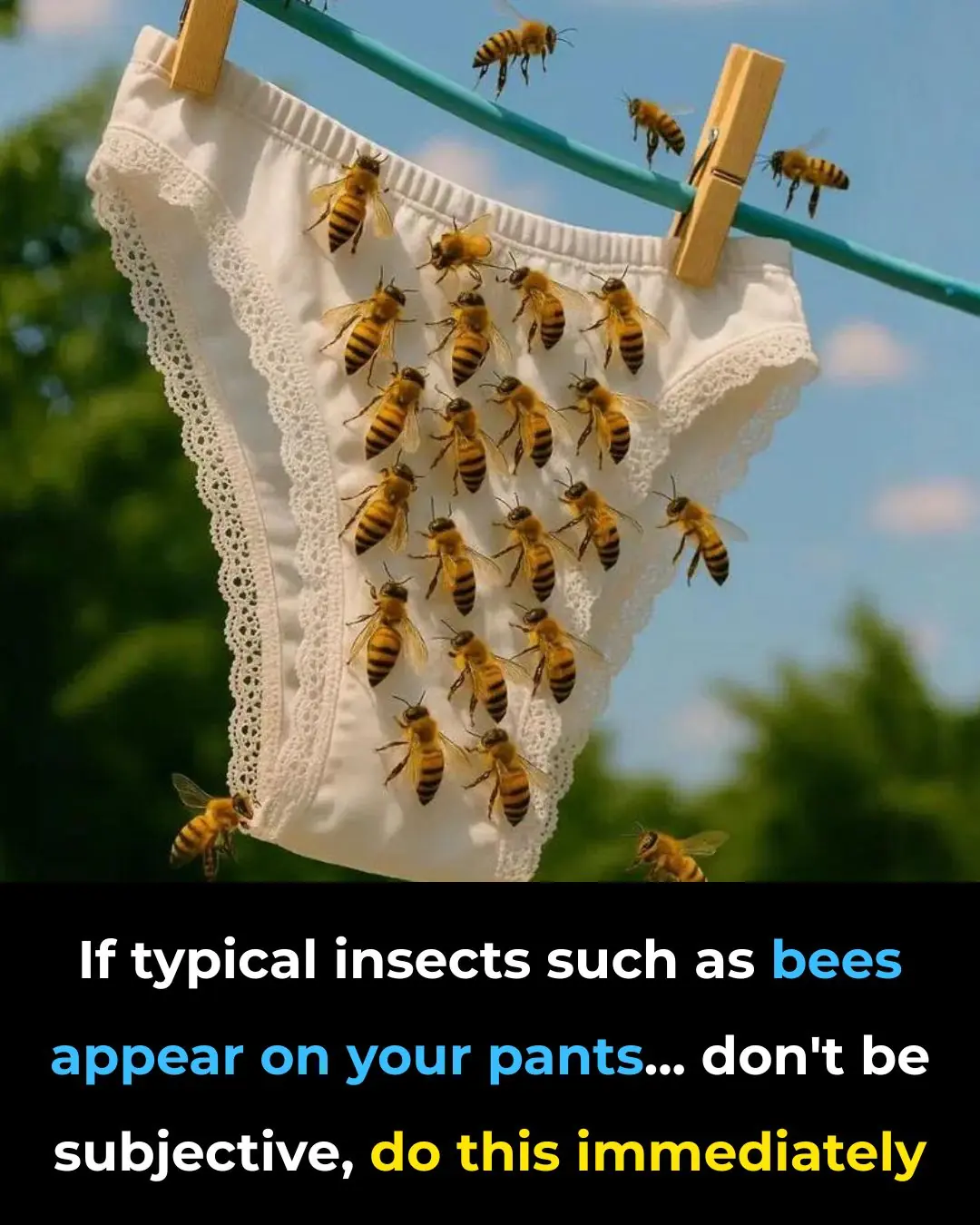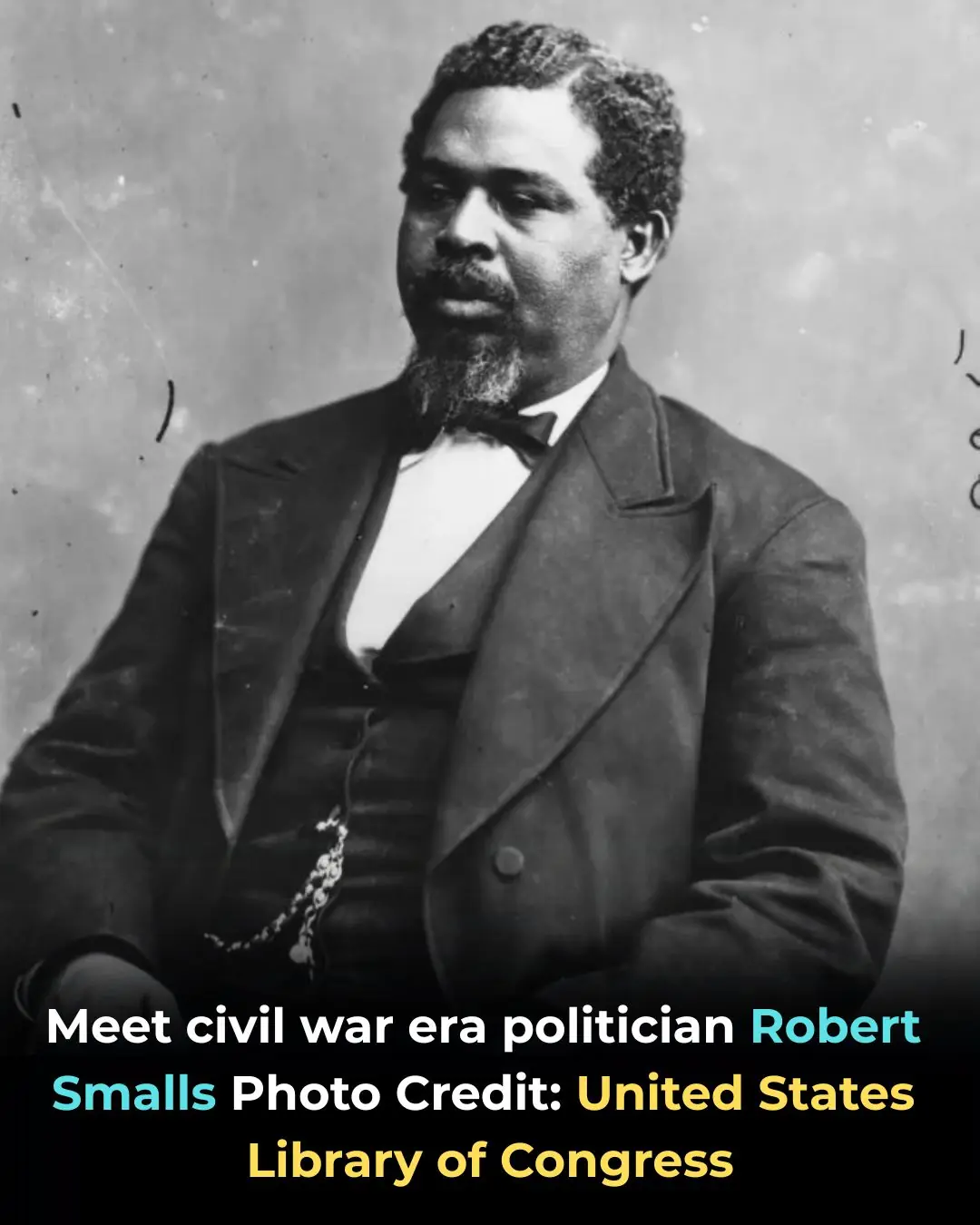
Crocodile Tears Explained: From Natural Reflex to Cultural Legend
When crocodiles chew or tear apart their prey, the powerful movements of their jaws and throat force air through the sinus passages. This air pressure pushes against nearby tear glands, causing fluid to leak from the eyes. In other words, their tears are the result of the way their respiratory and feeding systems are built—an involuntary reaction tied to movement and airflow, not any kind of emotional display. Research has demonstrated that these tears can increase noticeably during vigorous feeding, especially when the animal is swallowing large portions of food or repeatedly clamping its jaws.
This natural process, however, gave rise to a remarkably persistent myth. Medieval travelers, poets, and early naturalists misinterpreted the tearing as a sign of remorse—imagining that crocodiles cried for their victims even as they consumed them. These dramatic descriptions spread across Europe and were retold in literature and folklore, eventually shaping the belief that crocodiles were predators capable of false sorrow. Over centuries, the image hardened into metaphor.
That metaphor lives on today in the expression “crocodile tears,” used to describe feigned emotion, staged grief, or expressions of sympathy that feel insincere. The phrase endures not because crocodiles are emotional actors, but because humans naturally project feelings onto animal behavior. This blending of biological fact and cultural storytelling reveals how easily appearance can shape perception—both in the natural world and in human interactions.
Understanding the scientific explanation behind crocodile tears reminds us that nature often defies our assumptions. What looks like weeping is really a functional byproduct of anatomy. And in daily life, the phrase “crocodile tears” serves as a small linguistic reminder that outward expressions do not always match inner truth. The intersection of reptile physiology, history, and language reveals how one misunderstood behavior evolved into a lasting symbol of emotional deception
News in the same category


Wood vs. Diamonds: The Cosmic Rarity of Life's Fingerprint

🌌 An Accidental Revolution: How the Search for Black Holes Led to the Invention of Wi-Fi

📈 The $5 Trillion Threshold: NVIDIA Becomes the World’s Most Valuable Company, Reshaping Global Economic Influence

🐝 The Silent Threat: Research Links Cell Tower Radiation to Harmful Effects on Honey Bee Health

Why Some Eggs Are Speckled

What Are the “Black Triangles” Between Your Teeth

Inserting a toothpick into this exact spot on the electric kettle has an amazing effect — a useful trick everyone should know

Millions Travel Nationwide for a Nostalgic and Festive Thanksgiving Weekend

⌚ The Unassuming Icon: Casio’s Enduring Philosophy of Utility Over Luxury

✨ A Young Innovator’s Global Impact: Rachel Brouwer’s Solar Water Purifier Offers Hope to Underserved Communities

🤫 The Quiet Confidence: Why Healthy, Stable Couples Post Less on Social Media

Kamala Harris Sparks National Conversation on Lowering the Voting Age

🧠✨ Stunning MRI Images Reveal the Hidden World of Babies in the Womb

Doctors Discover First-Ever Live Worm Found in a Human Brain: A Historic Medical Case in Australia

Why Bees Land on Fresh Laundry: Understanding Their Attraction and How to Prevent It

What Are the “Black Triangles” Between Your Teeth

12-Year-Old Innovator Creates Low-Cost Virus-Removing Air Filter Adopted Across Connecticut

Billionaire Judy Faulkner, 82, Commits to Giving Away 99% of Her $7.8B Fortune
News Post

Recreating a Legacy: Ruben Flowers Joins His Father as Co-Pilot on Captain Flowers’ Final Southwest Airlines Flight

Wood vs. Diamonds: The Cosmic Rarity of Life's Fingerprint

Local Washington State Park Changes Name Meaning To Honor Rosa Franklin, The States First Black Woman Senator

THIS SEED: AFTER 50, IT STRENGTHENS BONES & CURES ALL PAINS

High Blood Pressure Has a New Culprit

Civil War Era Politician Robert Smalls Becomes First African American to Receive Monument in South Carolina

How to treat nerve pain in the foot, toes & legs

Dr. Patricia Bath Set To Make History As First Black Woman Inducted Into National Inventors Hall of Fame

Unlocking the Power of Rosemary Tea: A Natural Elixir for Mind, Body, and Soul

🌌 An Accidental Revolution: How the Search for Black Holes Led to the Invention of Wi-Fi

📈 The $5 Trillion Threshold: NVIDIA Becomes the World’s Most Valuable Company, Reshaping Global Economic Influence

Angela Davis to Keynote Largest Black Feminist Conference in the Nation

🐝 The Silent Threat: Research Links Cell Tower Radiation to Harmful Effects on Honey Bee Health

NYC-Based Events Company Is Creating Spaces to Empower Indy Black Artists Across the East Coast

Why Some Eggs Are Speckled

Drinking Water the Right Way

This is the correct way to preserve pork in the freezer: The meat will not dry out, and will still retain all its nutrients for a whole month.

Pour salt into the toilet, everyone calls you crazy but know its uses and do it at home right away

What Are the “Black Triangles” Between Your Teeth
